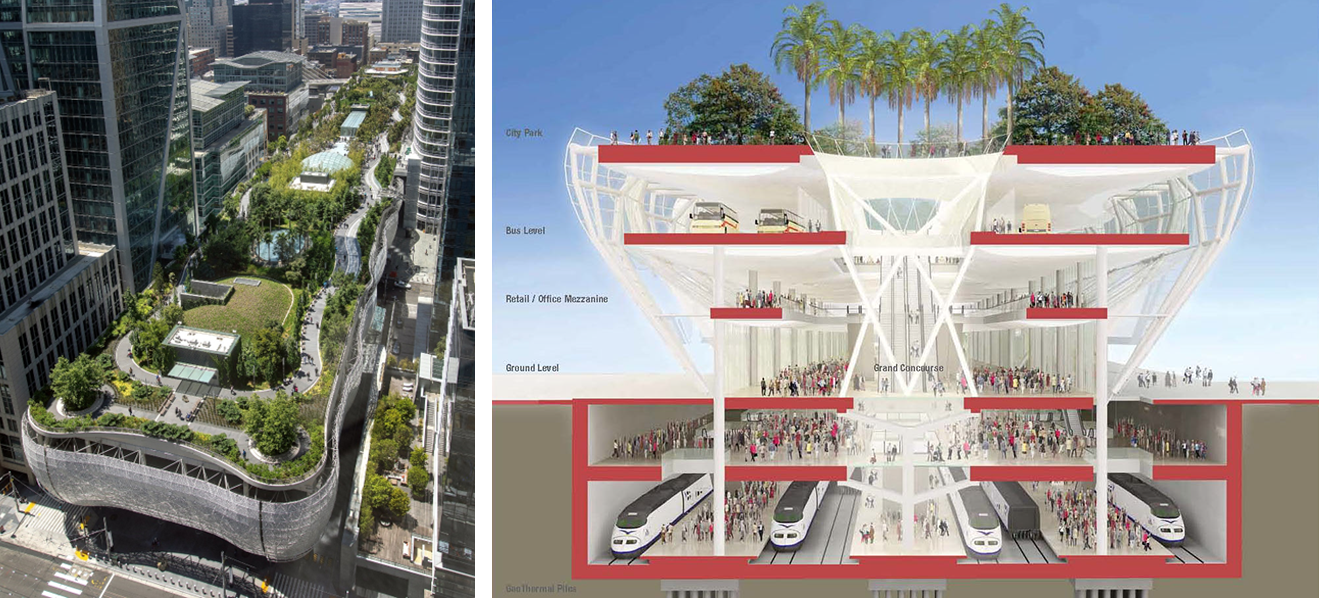COLLABORATION WITH SPECIALISTS + LOCAL PARTNERS
As we continue throughout the design process, we increasingly collaborate with a range of local and international specialists in fields such as soils, ecology, irrigation, horticulture, water feature design, lighting, programming, structural engineering, sustainability, history, and biodiversity, among others. We consult with contractors and fabricators to enhance our designs with forward-looking technology and assembly.
FIELD TRIPS AND RESEARCH
We find that research and field trips are a highly enriching part of the design process to see and learn from both constructed and natural landscapes that may elevate design. Visiting places in nature allow us to better understand the richness and complexity of native ecosystems and to understand the interplay of water, stone, and flora.
Trips to nurseries, manufacturers, and quarries allow us to connect and learn from trade and craftspeople to enhance and elevate design detail and material selection.
PLANTING DESIGN
Planting for Place: One of the great privileges of creating landscapes across multiple geographies is the opportunity to research and create planted environments using the rich and diverse plant communities that are specific to each place. It is important that planting design is informed by an understanding of local ecologies and a careful attention to climate. We understand that each site and geography is unique and that planting design can be linked to the culture of the place.
Nursery Visits: During the design process we often visit local and regional plant nurseries to review available plant species and sizes. Often, a nursery visit can generate and enhance design ideas.
Pre-growing Plants: Pre-growing trees, palms and shrubs can be a valuable strategy for the successful completion of a project. Pre-grow nurseries can be established for a number of reasons such as: cost savings, ease of installation, to ensure availability of specific plants, acclimation, and for greater visual impact on day one.
DESIGNING FOR SUCCESSFUL ON-STRUCTURE LANDSCAPES
Increasingly over the years, our work has evolved to further integrate landscape and architectural systems on-structure to achieve increasingly complex and immersive landscapes.
For monumental on-structure projects such as Salesforce Park, Barangaroo, and Jewel Changi Airport, close coordination was required between PWP, the architect, structural engineers, soil engineers, and MEP consultants to realize design intent and to create a lushly planted urban topography that does not ‘feel’ on-structure.
For on-structure landscapes to be successful, we collaborate with clients and the consultant team to ensure continuous, shared soil volume, proper irrigation, drainage, and aeration.
PLANTING INTERIOR LANDSCAPE GARDENS
Many people in urban environments spend the majority of their time indoors. Because of this, people can become disconnected from the cycles of nature, natural light, and other forms of life. The potential for creating garden spaces indoors offers great benefits to a building’s users, especially in the congested urban environment of our major metropolises. Indoor gardens and planting bring plants into close proximity within people’s daily lives.
Interrelated variables that play off each other when creating indoor gardens include: plant species, maintenance, irrigation methods, daylighting vs. artificial lighting, available soil volumes and weight capacities for each indoor floor level.










